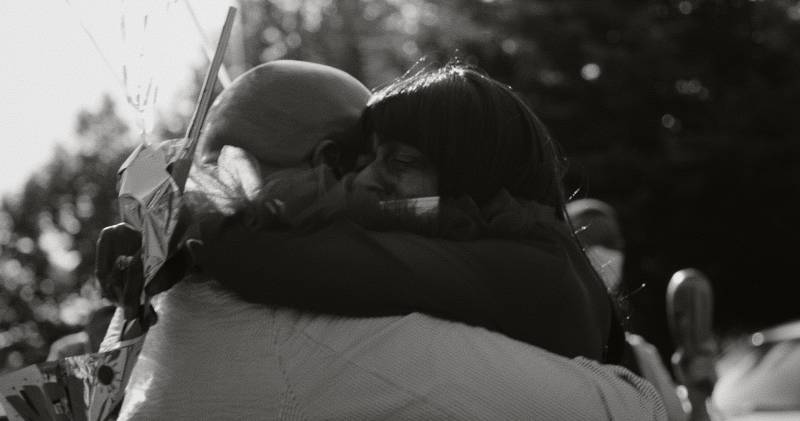Paul Redd’s family was waiting for him with balloons, bear hugs and full-belly laughs when he finally came home after 44 years in May 2020. In the intimate, short documentary Forty Four Years Later, happy tears flow as he reunites in a park with his sister, brother, sister-in-law and grown-up nephew, who had only met him once as a toddler. Your eyes might get misty as you watch, feeling the love, relief and grief at the fact that Redd was gone for four decades for a murder he maintains he never committed.
“It’s always important when you can have your story told, especially when you have been in prison for a wrongful murder conviction … as well as 30-something years in solitary confinement,” says Redd, an Oakland native, when I ask why he decided to let the filmmakers into that life-changing day.
“For a long, long time, you were stigmatized as the worst of the worst,” adds Redd, who was a well-respected hospice worker and anti-violence facilitator while serving his sentence. Now, he’s an advocate with the Quaker organization American Friends Service Committee, which works to end mass incarceration and poverty. “And a lot of us never believed that. I didn’t believe it because I always felt I was the best of the best, so did many other people. … We continued to do positive things despite what people may have said.”


